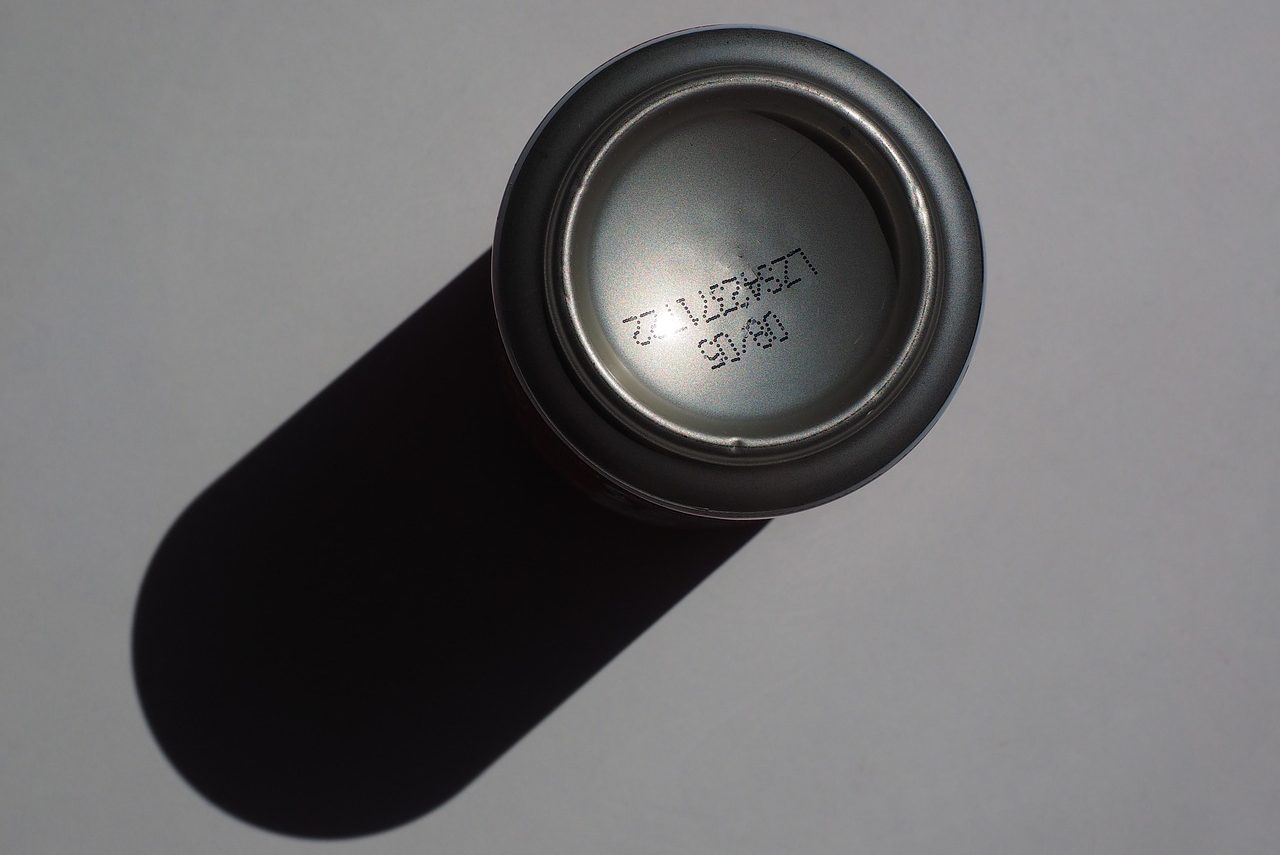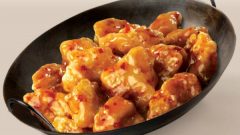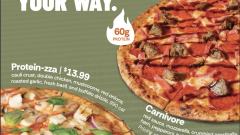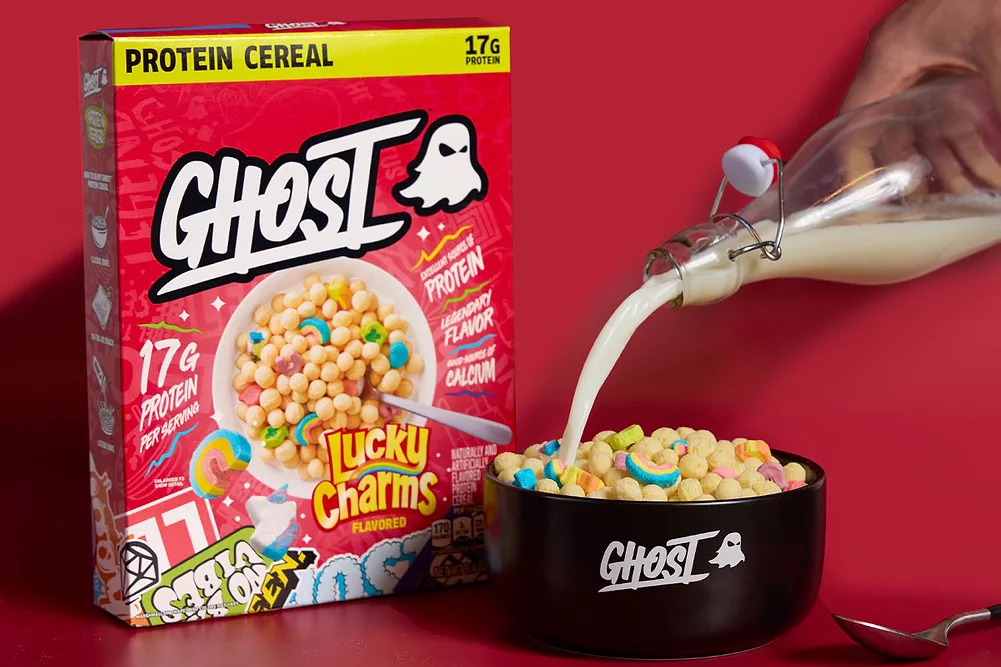Food Expiration Date Labels Will FINALLY Differentiate Between Quality And Safety

A couple of months ago, the USDA decided to attempt to combat food waste with some recommended changes for the labeling of expiration dates on food. I argued back then that their new language recommendations wouldn’t help in the reduction of food waste, since the language was still indications of food quality and taste, not of the safety of the food to be consumed.
It looks like the food industry has agreed with me on this one, as they just released their own guidelines for how to label food. These new guidelines are a great and simple usage of language that consumers can follow and understand the “expiration dates” on their food.
The new phrasing is recommended and supported by the Grocery Manufacturers Association (GMA) and Food Marketing Institute (FMI), two of the biggest trade associations for food retail manufacturers. They recommended only using two different phrases in food dating language, each of which distinctly clarifies the meaning for that food.
“BEST If Used By” dates on food labels would indicate that a loss of quality occurs after the date on the label. While the food would still be safe to use or eat, it wouldn’t have the expected quality characteristics that you would want from that particular food (ie. cereal might be a little stale, spices might clump, etc.). This labeling language is recommended for the majority of food products.
“USE By” dates on food labels would be found on those foods that are highly perishable or do have a food safety risk if consumed past the date on the label. These products should be consumed before the date on the package — and if not, should be discarded afterward if unused.
The FMI and GMA are calling for all food labeling to shift to these two phrases by summer 2018, marking a massive shift in food dating that should be a big help to consumers. Currently, 44 percent of all food waste in America is generated by consumers, and the FMI/GMA feel that they can cut overall food waste by up to eight percent with their new labeling.
I personally think it’s better than the USDA’s recommended language, which just called for a shift to a general “Best if Used By” label across all foods. That wouldn’t have had an effect on food waste because it was still confusing in terms of what that meant on food quality versus food safety. The new proposed langauge by the FMI/GMA clearly differentiates between quality and safety, meaning that if consumers listen to and stick with the understanding of these labels, there’s a good chance food waste could actually decrease.
Props to the industry for coming out with this new clear language on food labeling. It’s a great step forward in clearing up food dating confusions and reducing food waste, and I’m looking forward to seeing the results.






















